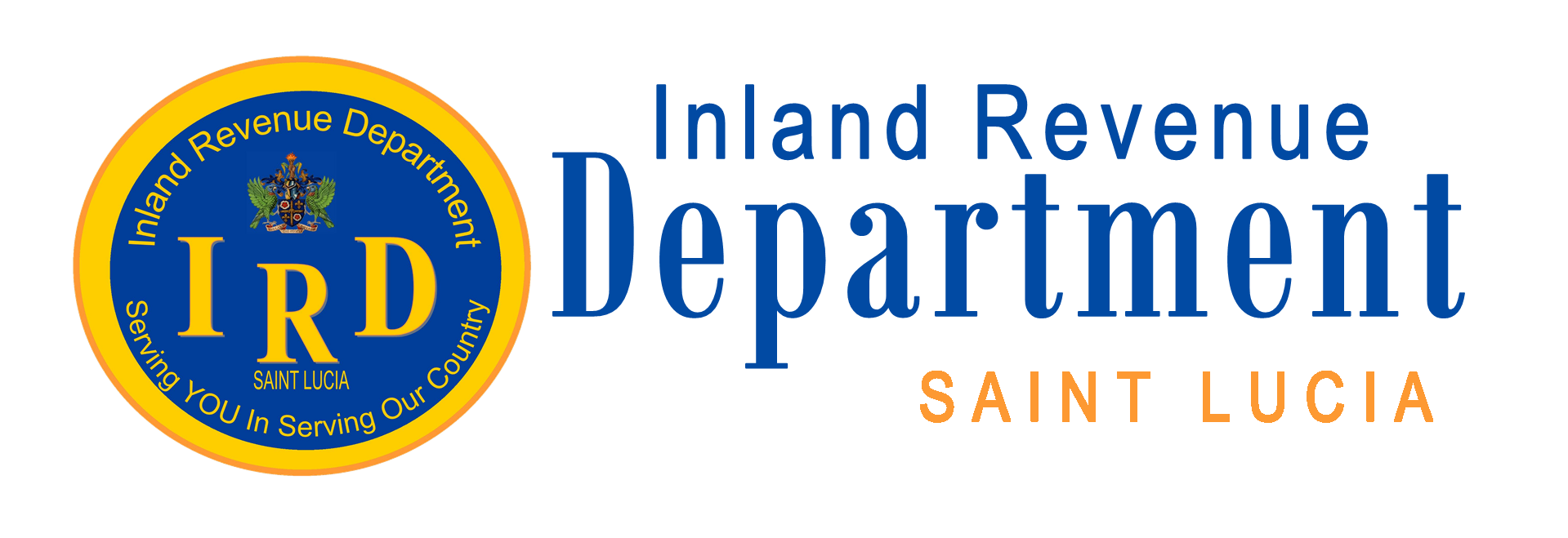TAX CODES
Your tax code is an alphanumeric code that is used by your employer or pension provider to determine how much Income Tax is to be deducted from your pay or pension income.
By using the tax code issued from the IRD office, your employer would deduct the most accurate amount of tax from your salary based on what allowances and deductions you are eligible for on your annual tax return. This means that just enough tax will be deducted from your income, resulting in little to no liability or refunds after filing your tax returns with the Department
Your tax code can be changed any time the conditions of your allowances and deductions change, such as your having a child or undertaking a mortgage loan agreement. Just visit The IRD office to obtain a new code.
The IRD does not keep records of tax codes, so it is advised to keep a personal copy of the issued tax code slip for future reference or change of employment, until condition change where you will need a new tax code.
WHAT YOUR TAX CODE MEANS
Your tax code normally starts with a three-digit number and ends with a letter.184M is the basic tax code currently used for most people who have one monthly job or pension.
The numbers in your tax code take into account your annual, tax-free personal allowance figure of $18,000.00, your annual basic medical allowance of $400.00 if you have no medical insurance, and the other allowances and deductions you can claim in your tax return form. The letter is reflected on how frequent you receive your income (monthly, fortnightly or weekly). Therefore, the basic tax code of 184M denotes an individual’s basic personal allowance of $18,000.00 and basic medical allowance of $400.00 on your monthly salary (M).
A tax officer will happily assist you in determining the right tax code for you, so visit the Department’s office with an official form of ID, a recent payslip that denotes your periodic payments and other salary deductions that would be eligible for inclusion in the tax code; or the details of any monthly payments made on insurance premiums, the actual interest payments (not the rates) on mortgage and student loans, credit union shares contributions, etc.
TAX DECLARATION FORM (TD FORM AU - 1)
A TD Form AU-1 (Code Form) is the prescribed form on which claims are declared. It was designed solely for the purpose of making the appropriate deduction of tax from salary or wages. After the Declaration is made the employee will be issued with a Tax Code Number.
Since this information is necessary for the correct amount of tax to be deducted, each employee, on taking up employment, is required by Law to file a declaration of his deductions and allowances with the Department:
- Within fourteen (14) days from the commencement of employment;
- Within seven (7) days, if there is a change in tax deductions/allowances;
- When required to do so by the Inland Revenue Department.
Where an employee has more than one place of employment or is in receipt of both pension and salary or wages, details of each source of income must be stated separately on the same form.
In such cases, a Code Number, must be submitted to each employer by the employee.
GUIDELINES TO BE FOLLOWED WHEN SUBMITTING A TD FORM AU-1 FOR APPROVAL.
The following documents are required in respect of the under mentioned claims:
a) Mortgage Interest
Mortgage interest statement payable for the relevant income year.
b) Alimony/Maintenance Payments
i. Copy of Court Order or Deed of Separation
ii. This deduction is granted only to a former spouse. It does not refer to nor include common law relationships.
c) Higher Education Allowance
Letter from university verifying full time attendance of individual and proof of related expenditure e.g. tuition paid.
d) Cooperative Society
Statement of shares purchased for the relevant income year.
Where the taxpayer has income from two or more sources, it is advisable that the person come to the Department, in order for guidance to be given to the respective employers, informing them of the amount of PAYE to be deducted.
An individual in receipt of a pension should file a declaration with the person paying the pension. If however, he also receives income from employment, one Declaration should be filed with employer or the person paying the pension.
Where there is doubt concerning any claim or the procedure to be followed, please call and clarify before visiting the Taxpayer Assistance Unit.


